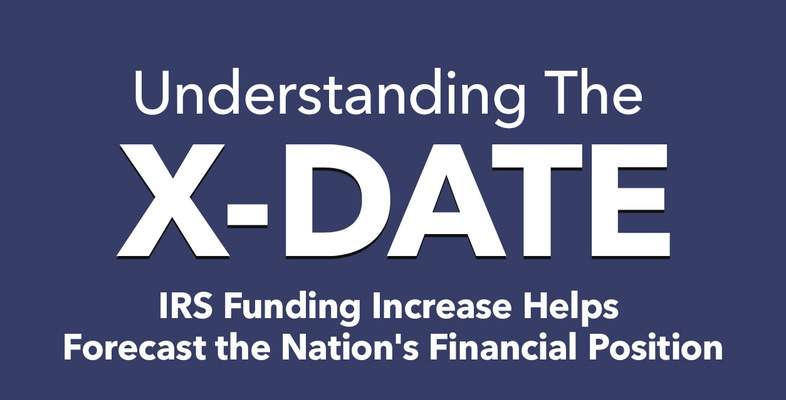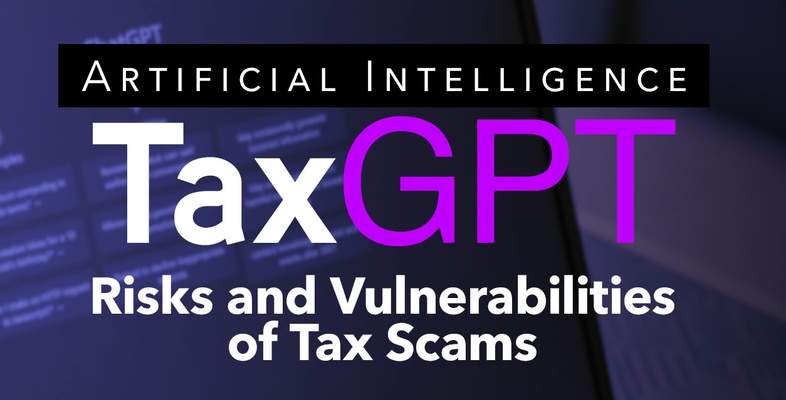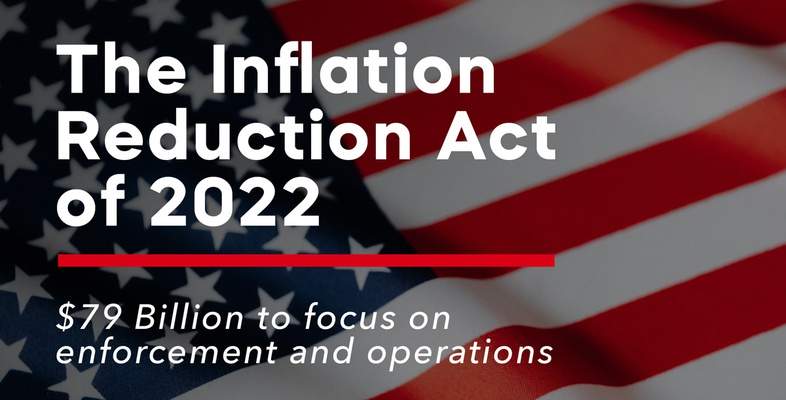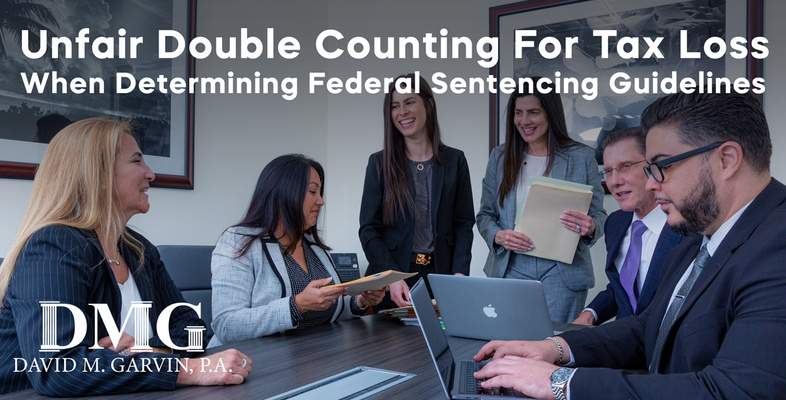U.S. V. JAMES RICHARDS, 2011 U.S. Dist. LEXIS 37367 (E.D. Cal. 2011)
Defendant James Stewart Richards ("Defendant") is charged with a single count of attempting to evade and defeat federal income tax in violation of 26 U.S.C. 7201.
On February 2, 2011, Defendant filed a Motion to Dismiss the Indictment on grounds that the indictment was duplicitous, and that some or all of the tax returns in question (any subsequent related activity) should be barred from prosecution based upon the statue of limitations.
The United States of America filed a timely Opposition, and a hearing on the matter was held before this Court on March 3, 2011. For the reasons stated below, the Motion to Dismiss the Indictment is granted
On March 11, 2010, the Grand Jury returned an indictment against Defendant, charging him with one count of evading and defeating federal income tax. Specifically, the indictment alleges that Defendant owed the IRS $177,875 in back taxes from successive tax years 1994 through 2003.
The Government contends that the Defendant concealed, and attempted to conceal, the "nature of his income, assets, and the locations thereof," in violation of 7201. Among
other acts, the Government states that from 2001 through 2008, Defendant failed to disclose ownership of property, concealed the purchase of a yacht by placing it in a nominee's name, and falsely represented the amount and whereabouts of various cash and cashier's checks Defendant had access to.
Defendant argues that the indictment should be dismissed because the statute of limitations bars prosecution for the tax years in question, and that the indictment is duplicitous. The Government argues that the indictment is valid on its face, is timely filed, and is not duplicitous.
A conviction for felony tax evasion requires the government prove the following: "(1) the existence of a tax deficiency, (2) willfulness, and (3) an affirmative act of evasion or affirmative attempt to evade." United States v. Carlson, 235 F.3d 466, 468 (9th Cir. 2000).
Section 7201 is widely interpreted to include two crimes: the offense of "willfully attempting to evade or defeat the assessment of a tax as well as the offense of willfully attempting to evade or defeat the payment of a tax." United States v. Mal, 942 F.2d 682, 687 (9th Cir. 1991) (quoting Sansone v. United States, 380 U.S. 343, 354, 85 S. Ct. 1004, 13 L. Ed. 2d 882 (1965)). Evasion of assessment generally affects the filing of return, either through concealing income or falsifying the return in some way.
Evasion of payment, on the other hand, "generally involves conduct designed to place assets beyond the government's reach after a tax liability has been assessed," through various means such as "transferring assets abroad, placing assets in the names of others, or using cash transactions to conceal the existence of assets.".
United States Code requires the Government bring claims for "the offense of willfully attempting in any manner to evade or defeat any tax or the payment thereof" within six years of the offense's commission. 26 U.S.C. 6531(2). The statute of limitations for evasion of assessment under 7201 runs "from the occurrence of the last act necessary to complete the offense, normally a tax deficiency." Carlson, 235 F.3d at 470. 2 The Court agrees with the Government's interpretation of Carlson, that "it is not the date the taxes were filed or due that controls here, but rather the last date the defendant engaged in affirmative acts to evade payment of his tax liability.
The court cautioned against using the statute of limitations as a "rule of evidence," limiting the type of evidence necessary to prove the elements of tax evasion. Carlson, 235 F.3d at 470.In the instant case, the information included in the indictment listed 1994-2003 as the relevant tax years in question. Defendant allegedly conducted further evading activity in 2005, 2006, and as recently as 2008. However, nothing on the face of the indictment indicates how Defendant's more recent behavior, falling in the appropriate statutory period, constitutes affirmative acts to attempt to evade, or actually evade, paying taxes from 1994 through 2003, years well outside the relevant statutory period. For example, the Court cannot piece together, on the face of the indictment, how Defendant's yacht purchase in 2005 constitutes an affirmative act to evade payment of arrears from his earlier tax returns.
While the Court is not to consider outside information, the Court finds it additionally troubling that the Government concedes the tax returns themselves were not fraudulent, but instead relies on this later activity to justify the charge of attempted evasion of payment.
The Court does not foreclose the possibility that the last affirmative act Defendant took to evade proper payment of his 1994 tax return occurred in 2008, however on the face of the indictment, it is impossible to ascertain such a connection between 1994 (or other previous years outside the statute of limitations) and any acts Defendant allegedly affirmatively conducted to evade payment during the relevant statutory period.
Since the indictment on its face lacks sufficient information to justify prosecution, the Court declines to address the argument that the indictment is duplicitous. While no clear authority exists in the 9th Circuit on this issue, Carlson seems to suggest that the evasion of tax payment for each individual tax year may constitute a single and sole offense. See Carlson, 235 F.3d at 470.
Therefore, the motion to dismiss the indictment is GRANTED.
Tax Fraud Report
The Latest Criminal Tax Decisions, Selected Civil Tax Opinions and Related Economic Crimes




